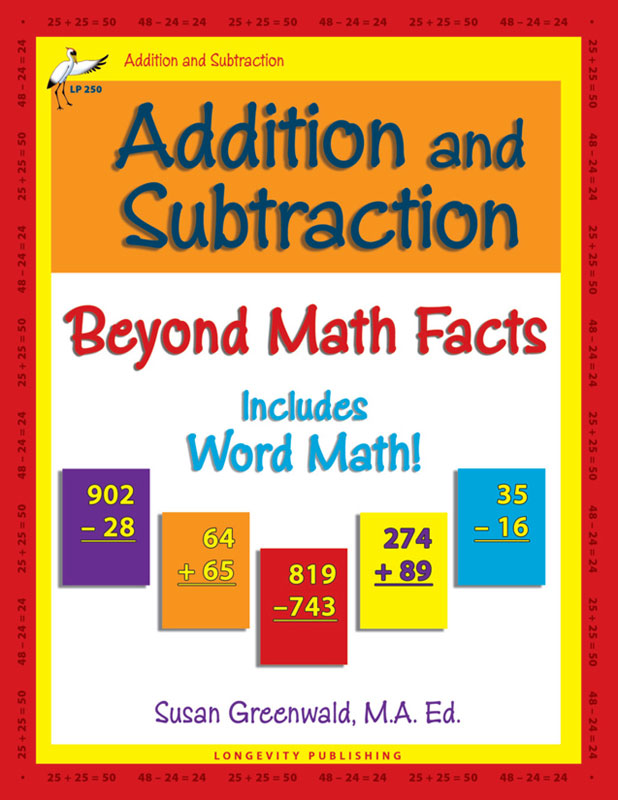

"And so what we did ," Price continues, "was scan these dyscalculic kids while they were doing those type of tasks, and we compared their brain activation to the typically developing kids, and we found that indeed this region in the parietal cortex, the intraparietal sulcus, behaved atypically in these kids when they were processing these non-symbolic numerical magnitudes.” 5. It allows us to compare, and order, and process quantities without the use of verbal symbols or labels." “And that system is what allows us to know that, for example, a group of five apples is more than three apples. “One of the theories that exists is that dyscalculia is really caused by an impairment in what’s known as either the number sense or the approximate number system,” Price says. What causes dyscalculia? To date, the most popular theory maintains that dyscalculia is connected to an inability to judge quantities, a sense that is concentrated in the parietal lobe.

We’ll see them counting on their fingers for basic addition.” 4. Dyscalculia may be rooted in the brain's parietal lobe. “They will struggle to tell you seven is larger than five. “Somebody who has dyscalculia will struggle with the most basic arithmetic facts, 5+2=7,” Hubbard says. This disability tends to impede your most basic skills. Struggling with matrices in algebra or flunking calculus in college doesn’t usually mean you have dyscalculia. But, with what's known as acquired dyscalculia, the disorder can also arise later in life, usually as the result of a stroke or injury. Most people diagnosed with the disorder have developmental dyscalculia, which means they were born with it. (In layman's terms: You're bad at math because parts of your brain aren't working properly, but you're not otherwise mentally handicapped.) Today, some research communities also use the terms “math dyslexia” and “math learning disability” to refer to the condition. Kosc defined the disorder as "a structural disorder of mathematical abilities" caused by impairment to the parts of the brain used in mathematical calculations, without simultaneous impairment to one's general mental abilities. The term dyscalculia was coined in the 1940s, but didn’t really become fully recognized until the 1974 work of Czechoslovakian researcher Ladislav Kosc. So, in the interest of raising dyscalculia awareness, begin your crash course on the little-known mathematical disorder with these 11 facts. “If you look around, the number of people who sort of say, 'I’m bad at math,' and laugh about it, or will say, without batting an eye, 'I’m just not a math person,' is striking.” “I think some of it is cultural attitudes towards math,” says Hubbard, who has researched dyscalculia in France and the United States and heads up his university’s Educational Neuroscience lab, which is embarking on a new dyscalculia study. Edward Hubbard, an assistant professor at the University of Wisconsin-Madison, echoes this sentiment, and adds that attitudes toward math may play a part not just in our overall lack of dyscalculia awareness, but in the fact that dyscalculia research is at least two decades behind dyslexia research. Gavin Price, an assistant professor at Vanderbilt University who has researched dyscalculia in several countries, says, " When I teach classes, I’ll ask at the beginning, 'How many people think they’re not good at math, they’re bad at math?' And half of them put their hands up. Then I ask, 'Are any of you bad at reading?' And nobody puts their hand up. may struggle with it.Ī big part of the general population's unfamiliarity with dyscalculia has to do with our culture’s general discomfort with numbers, and our ingrained belief that math-compared to reading-is just supposed to be hard. It reportedly affects up to 15 percent of the population, and public figures from the fictional Jaime Lannister in HBO’s Game of Thrones to real-life comic Eddie Izzard have grappled with the learning disorder. But have you ever heard of dyscalculia, the math disability? Probably not, even though up to six percent of elementary school students in the U.S. Chances are you’ve heard of the reading disability dyslexia.


 0 kommentar(er)
0 kommentar(er)
